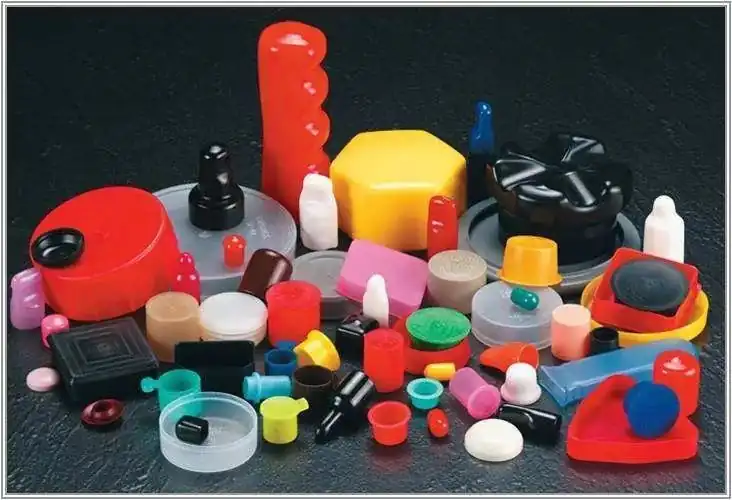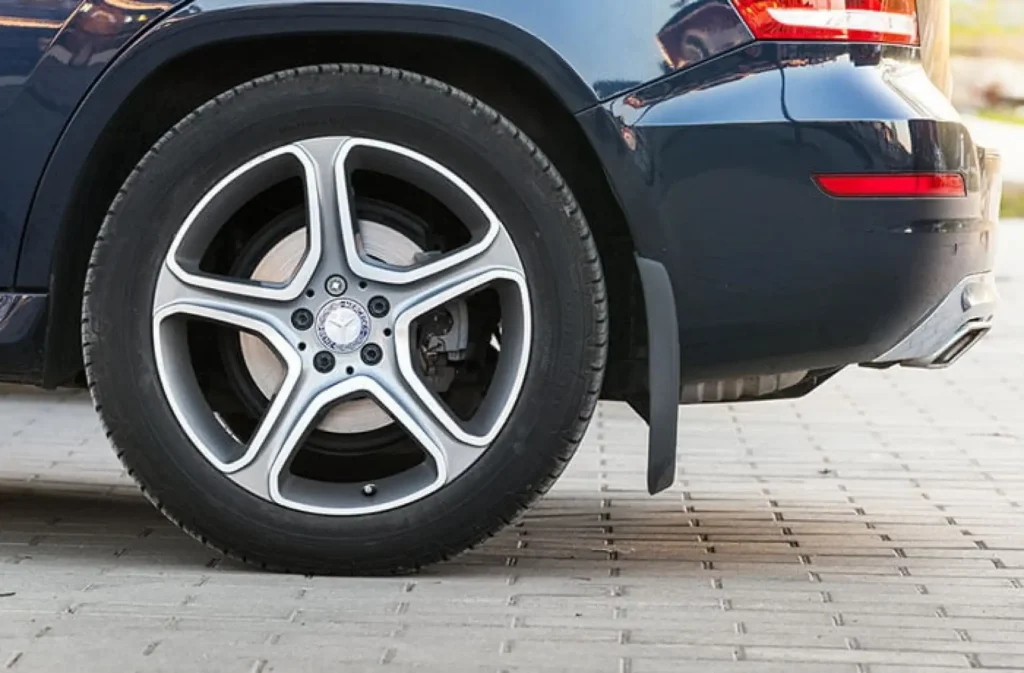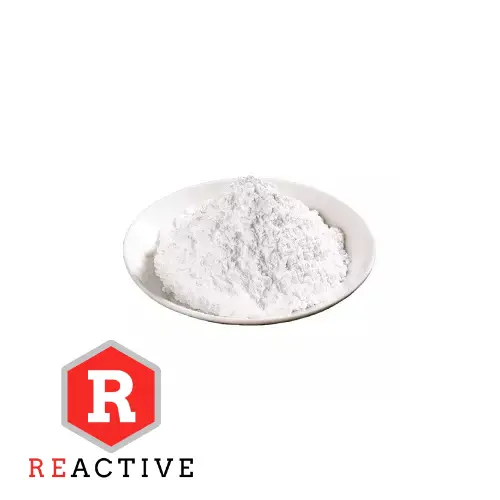Magnesium oxide is an inorganic compound with the molecular formula: MgO. It is a white loose powder at room temperature with a relative density of 3.20-3.23. It is odorless, tasteless, non-toxic, insoluble in water and ethanol, and soluble in acid. When exposed to the air, it is easy to absorb moisture and carbon dioxide in the air and reduce its activity, so it should be sealed and packaged. The activity of magnesium oxide refers to the ability of the substance to participate in chemical reactions. Activity is an important indicator for measuring magnesium oxide for industrial rubber. Generally, high-activity magnesium oxide is made by decomposing basic magnesium carbonate at low temperature for a long time. The furnace structure is special and the energy consumption is high.
Magnesium oxide plays multiple roles in rubber products. It can not only enhance the wear resistance of rubber, improve its oxidation resistance, but also effectively improve the crack resistance of rubber. Let’s explore in depth how magnesium oxide brings these outstanding improvements to rubber products.
First, let’s look at how magnesium oxide enhances the wear resistance of rubber. When magnesium oxide is combined with rubber, they form a unique composite material. This material has excellent wear resistance and scratch resistance, allowing rubber products to better maintain their original shape and performance when subjected to friction and wear. Imagine a car tire that constantly rubs against the ground during driving. If magnesium oxide is added, its wear resistance will be greatly enhanced, thereby extending its service life.

Secondly, magnesium oxide can also significantly improve the oxidation resistance of rubber. Rubber products are often affected by oxidation reactions during use, resulting in performance degradation. The addition of magnesium oxide is like putting a layer of “armor” on rubber. It can absorb or control free radicals in rubber and effectively prevent the occurrence of oxidation reactions. In this way, the service life of rubber products will be greatly extended.
In addition, magnesium oxide can also improve the crack resistance of rubber. Adding an appropriate amount of magnesium oxide to rubber can enhance the tensile strength of rubber, making it less likely to crack when stretched by external forces. This enhanced crack resistance and fatigue resistance enable rubber products to maintain stable performance in various harsh environments.
In the practical application of rubber products, magnesium oxide is widely used. It is not only used to prepare wear-resistant rubber products, such as automobile tires, rubber conveyor belts, high-temperature resistant sealing rings, etc., but also widely used in the preparation of anti-aging rubber products, such as rubber tubes, rubber seals, rubber flexible connections, etc. In addition, magnesium oxide also plays an indispensable role in electrical rubber products, such as wires and cables, electronic components, and high and low voltage electrical equipment, improving their electrical insulation and heat resistance.

In short, magnesium oxide, with its unique physical and chemical properties, has brought excellent improvements and stable performance to rubber products. Its application not only broadens the application field of rubber products, but also improves the quality and competitiveness of rubber products. In the future, with the continuous advancement and innovation of science and technology, the application of magnesium oxide in the rubber industry will be more extensive and in-depth.

